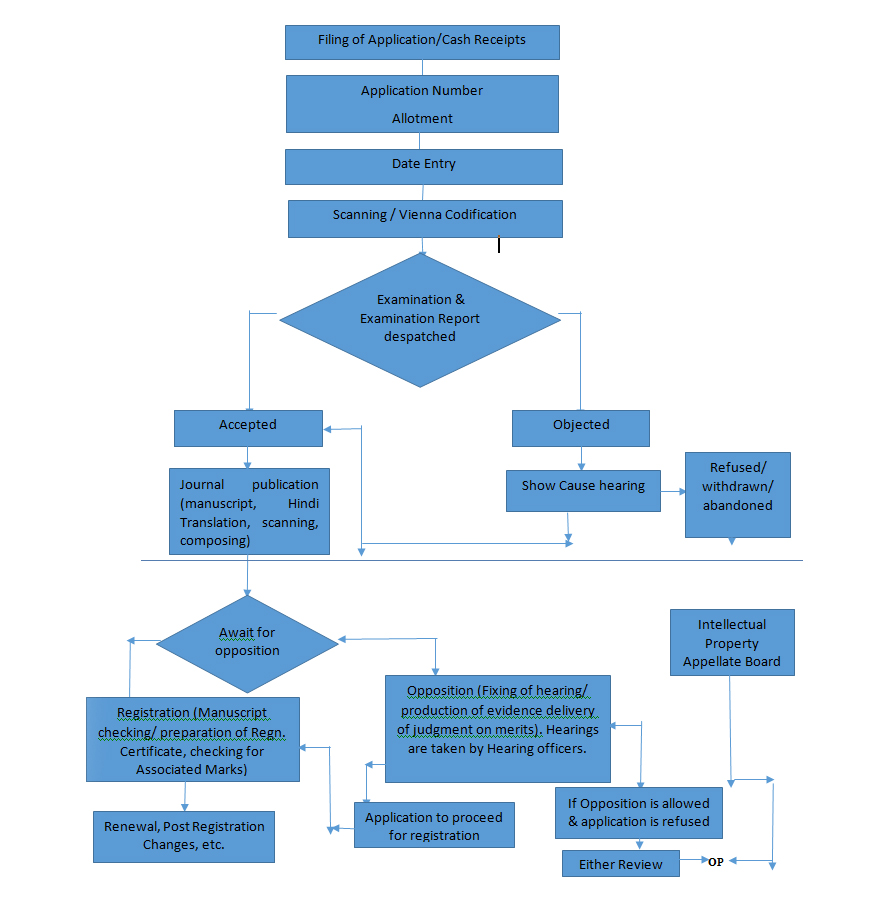Trademarks
- Trademark Availability Search
- Proactive IP journal watching for conflicting applications
- Filing trademark applications within and outside India
- Drafting & review of affidavits, cease and desist notices, Trademark licensing & Assignment agreements
- Responding to First Examination Report / Office Objections issued by the Trade Marks Registry
- Initiation of Oppositions, Cancellation or Rectification actions against third parties
- Attending Hearings before the Trademarks Registry as well as IPAB
- Recordal of Trademark Licensing & Assignments with the Trade Marks Registry
- Infringement & Passing off Suits for Injunction
- Renewals of Trademarks
- Building and maintaining Trademark Portfolios
- Domain name registrations, disputes resolutions and all other issues relating to Internet law
Frequently Asked Questions
A Trade Mark is a visual symbol which may be a word, logo, signature, name, device, label, numerals, combination of colours, shape or packaging of goods which helps businesses or individuals distinguish their products or services from those of others.
A Trade Mark performs four functions:-
(a) It identifies the goods/ or services and its origin.
(b) It guarantees unchanged quality of a product or a service.
(c) It advertises the goods/ services.
(d) It creates an image/identity for the goods/services.
An individual, or an entity such as a start up, NGO or MSME, a company, partnership can apply for trademark registration. Any person or entity claiming to be the proprietor of a trademark used or proposed to be used by him may apply in writing in prescribed manner for registration. The application should contain the trade mark, the goods/services, name and address of applicant and agent (if any) with power of attorney, period of use of the mark and signature.
A trademark should be:
(a) capable of being represented graphically (that is in the paper form).
(b) It should be capable of distinguishing the goods or services of one undertaking from those of others.
(c) It should be distinctive.
The conventional or traditional trademarks such as:
Solgans
Taglines
Name
Symbol
Signs
Signatures
Logo
Monograms/Holograms
There are conventional or traditional trademarks such as:
Marks constituting a 3-dimensional sign.
Sound Marks when represented in conventional notation or described in words by being graphically represented.
No. No one can have monopoly right on a geographical name. It is advisable to avoid selection of a geographical name.
Yes. This can be done by conducting a preliminary trademark search.
It is provided under the Trade Marks Act, 1999 that goods and services are classified according to the International Classification of goods and services. Currently Schedule IV of the Act provides a summary of list of such goods and services falling in different classes which is merely indicative. The Registrar is the final authority in the determination of the class in which particular goods or services fall. For detailed description of other goods and services please refer to the International Classification published by WIPO or contact the local office for assistance.
There are 45 classes under which a trademark can be registered.
Yes. A trademark can be registered in multiple classes. However, one should be either using their trademark in those classes or inted to use their trademark in those classes.
A trademark gets registered within 6 – 12 months, if there is no objections from the registry or if there are no third party oppositions.
Ideally, a trademark shall be used, however if a trademark has not been used for more than 5 years 3months, it is liable to be removed from the trademark register by the registrar.
A trademark can be refused on absolute grounds or specific grounds of refusal.If the trademark is devoid of any distinctiveness Or if similar trademark is already registered.
The symbol ® connotes that the trademark is officially registered with the trademark office. The registration of Trade Mark confers upon the owner the exclusive right to the use of the registered Trademark and indicate so by using the symbol (R) in relation to the goods or services in respect of which the mark is registered and seek the relief of infringement in appropriate courts in the country.
The use of symbol TM is not prohibited in India, however it does not confer any legal or statutory rights to the holder.
A trademark is valid for a period of 10 years (This period is calculated from the date of application).
A trademark can be renewed after the expiry of validity period of ten years.
No. Trademarks are country- specific. In order to seek protection in different country, one needs to apply separately.
Yes. The trademark can be applied on “ Proposed to be Used” basis.

